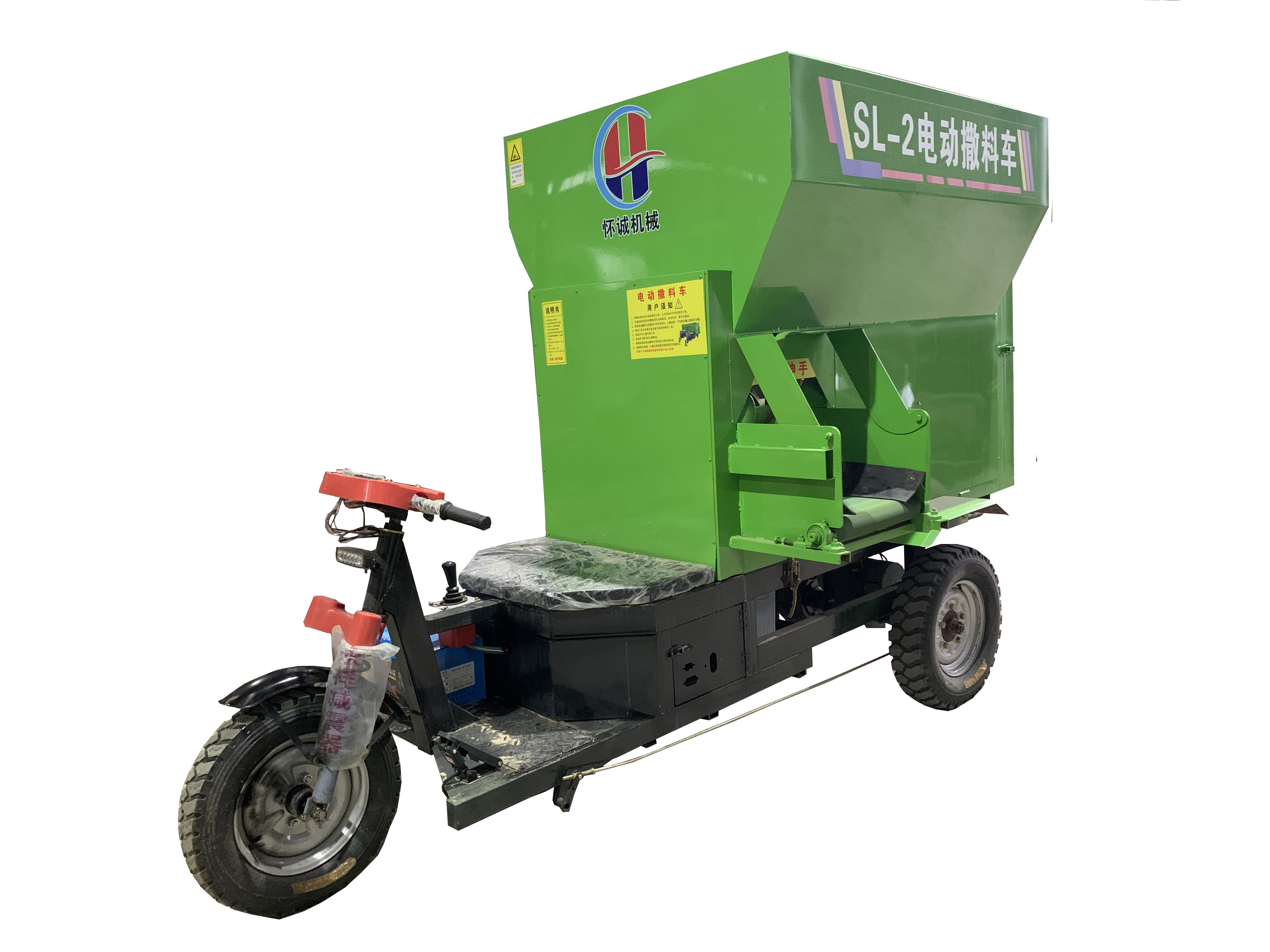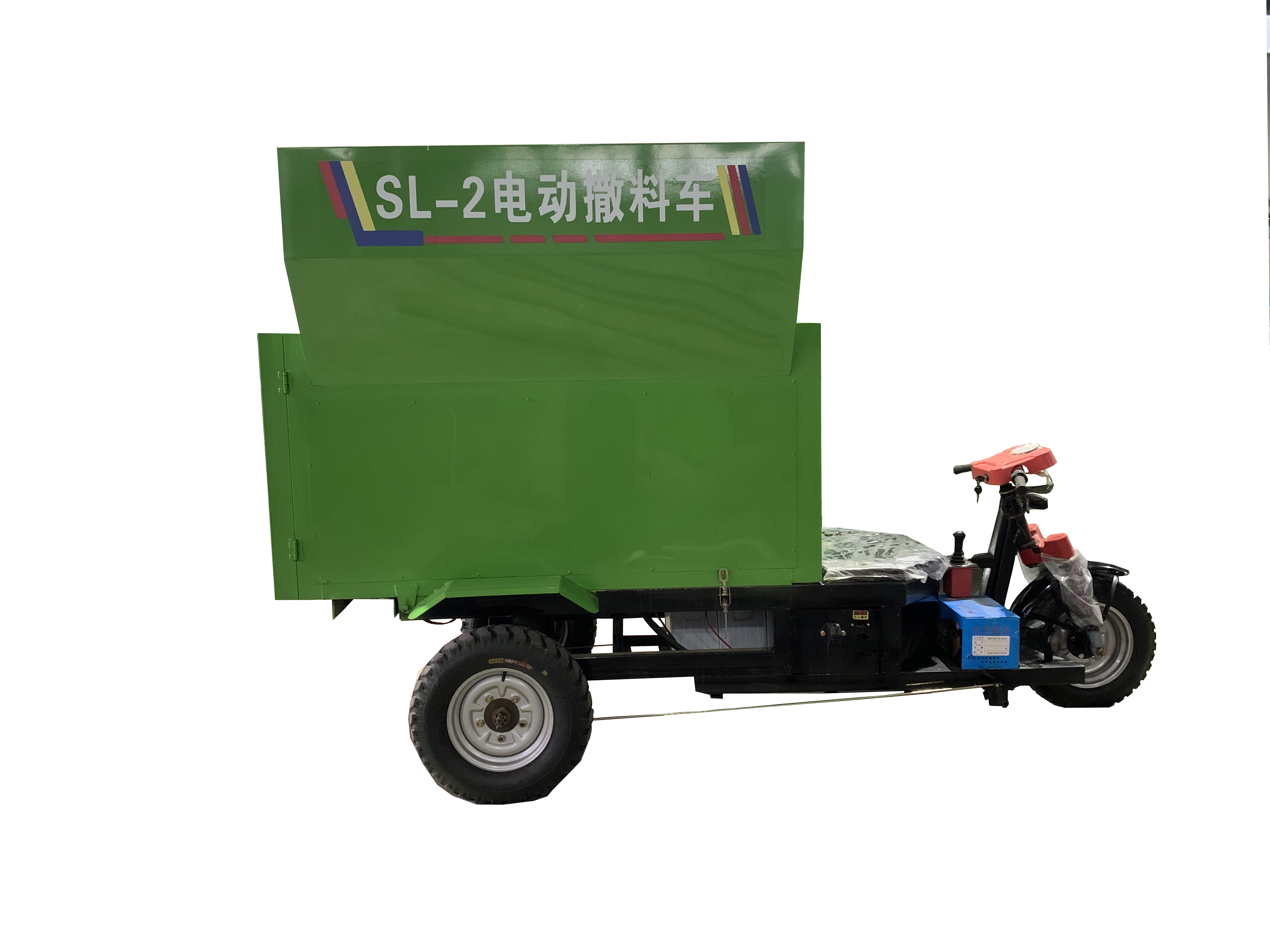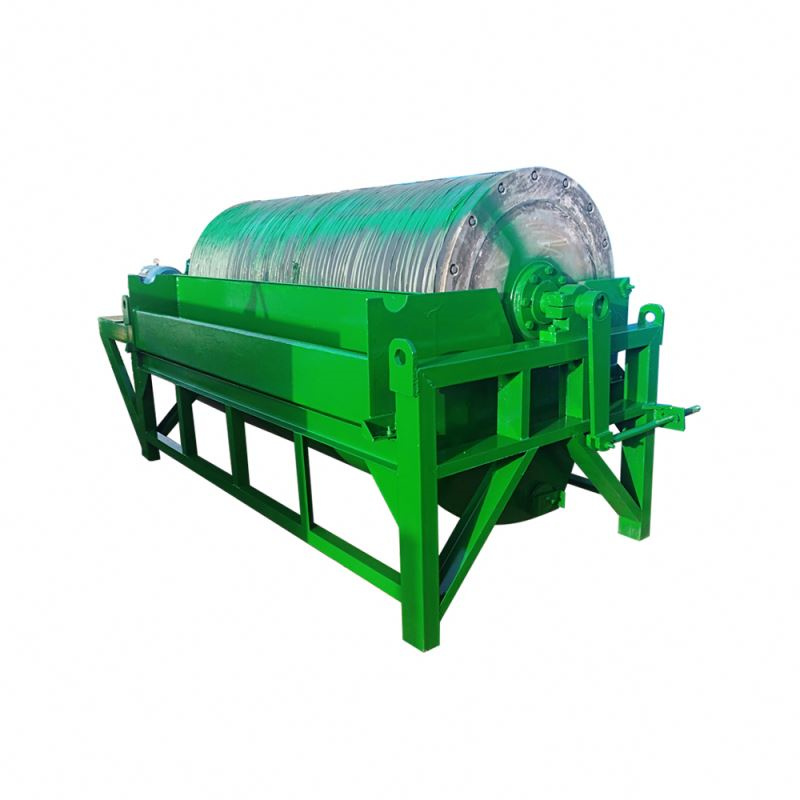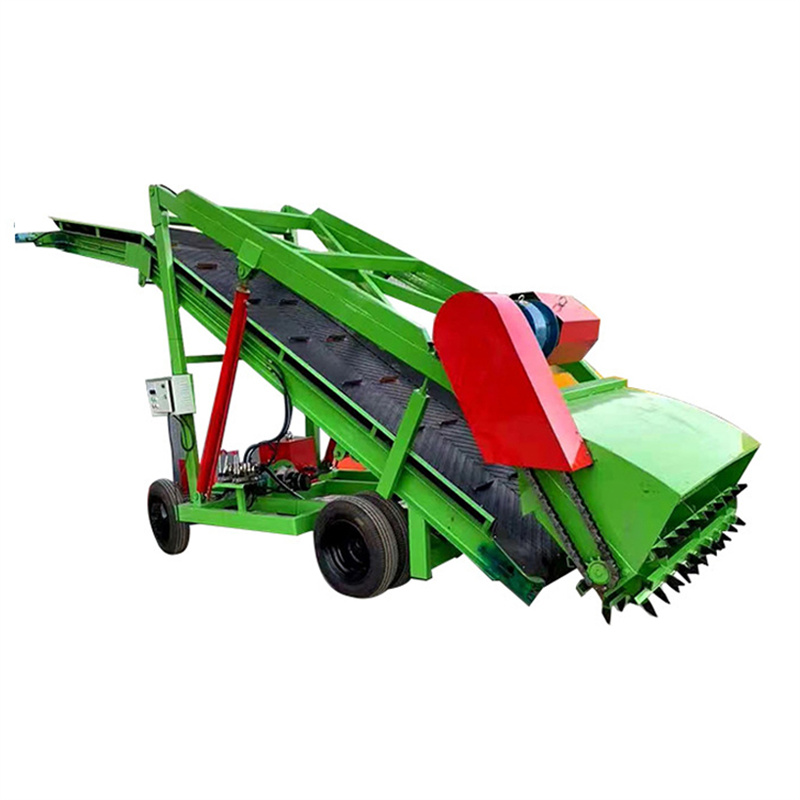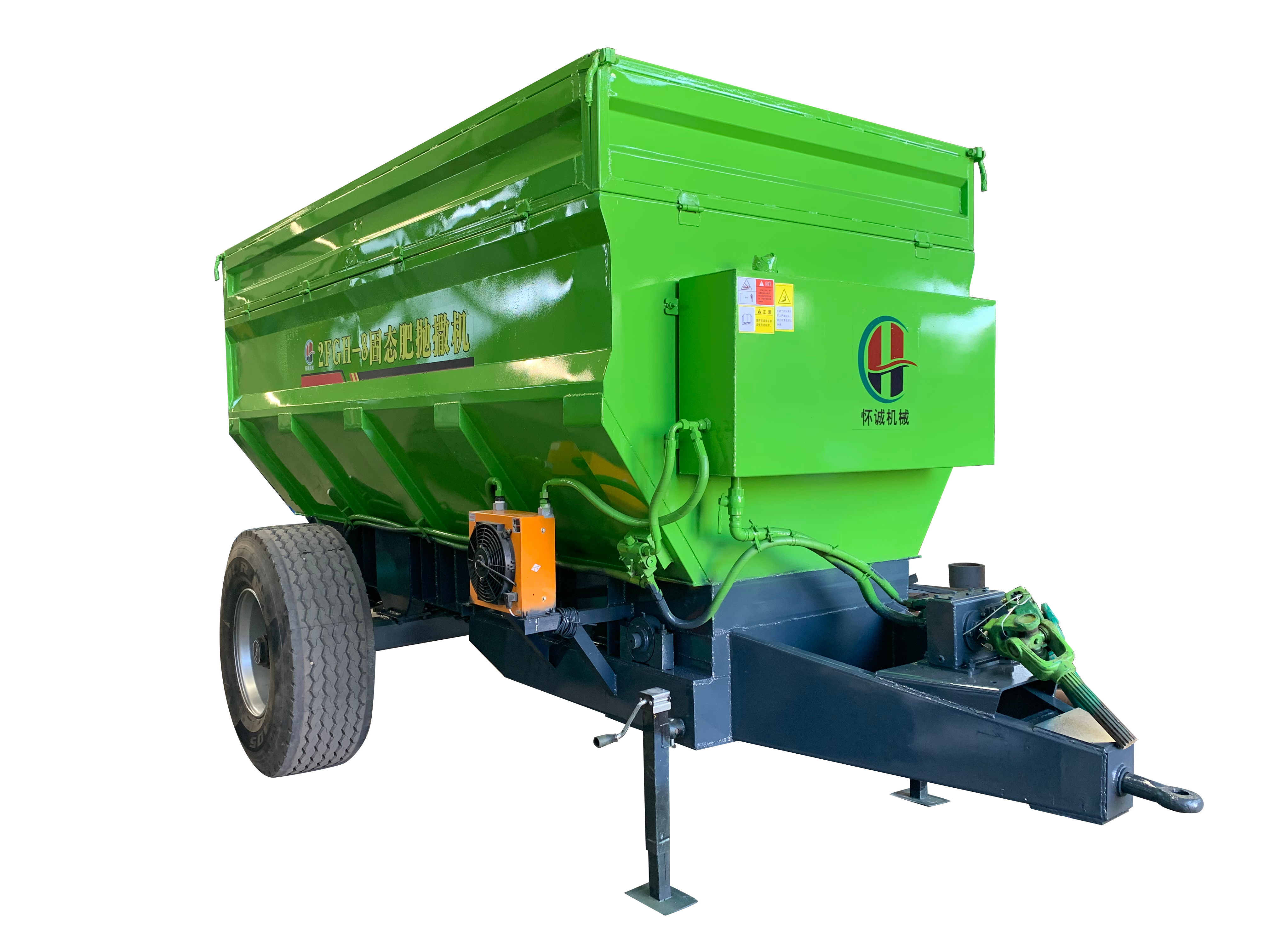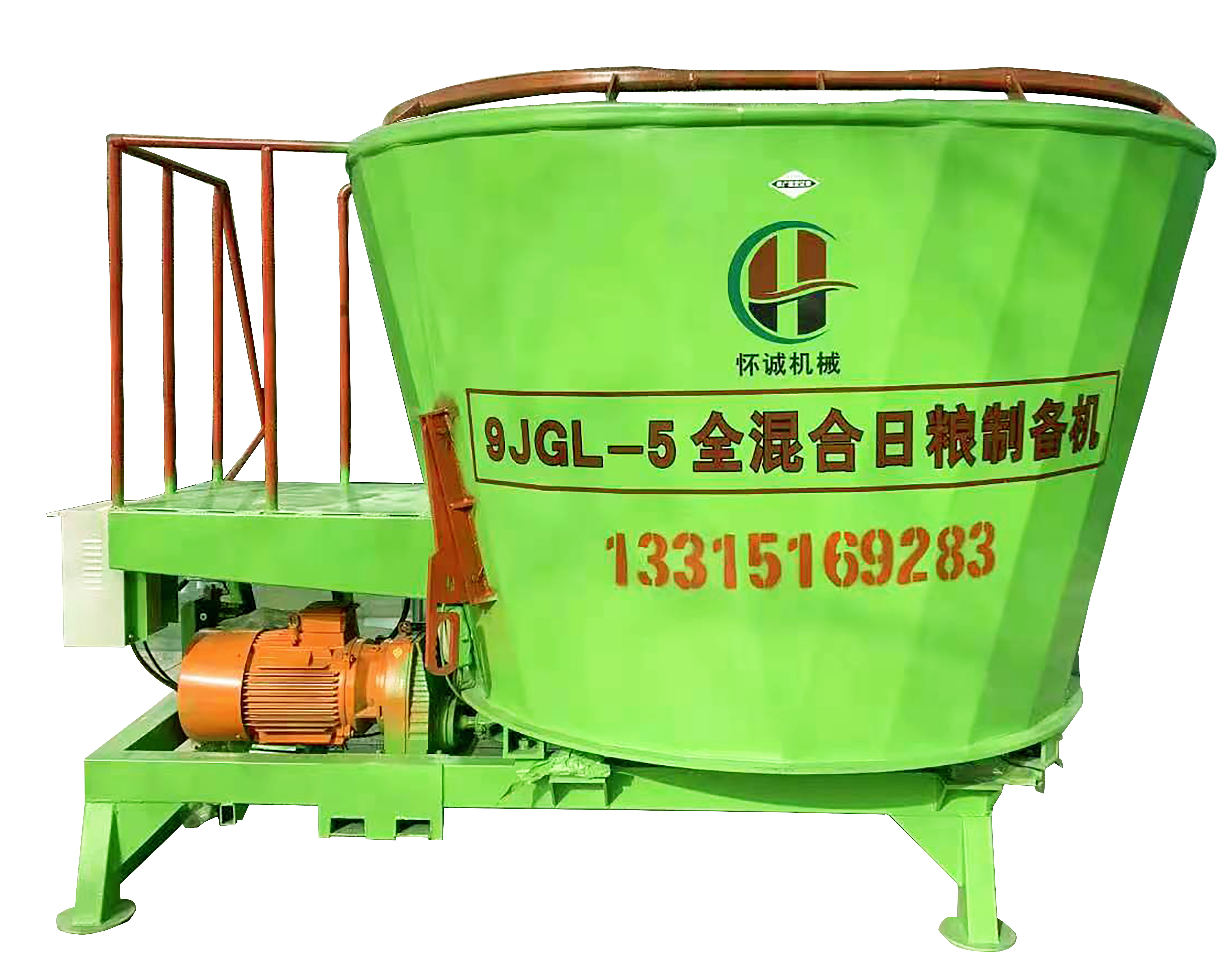Three-wheel feeder for cattle and sheep – efficient feeding solution
Three-wheel feeder for cattle and sheep – efficient feeding solution,
Remote control feeder Endurance Feeding Equipment All Terrain Cattle Feeder Rotary Feed Distributor Heavy duty sheep feeder Versatile feeding solution High mobility livestock feeder Weather-resistant ,
Core Introduction
The feed spreader is installed on the chassis of the agricultural vehicle, and can be transported and fed by one person, greatly improving the degree of mechanization and feeding efficiency, and is suitable for large, medium and small cattle and sheep farms.
This product is suitable for feeding cattle and sheep. It has a short bulk material time, can retain the nutrition of the feed to the greatest extent, and can make carbohydrates, fats, cellulose and other nutrients: the whole source, the utilization rate. All the materials are controlled by hydraulic pressure, and the direction of the materials can be adjusted arbitrarily according to the needs during the forward process, and the operation is simple and practical.
The electric spreader is divided into single discharge port and double discharge port. The model is divided into 2 squares and 3 squares. The parameters are as follows:
2 cubic double outlet;
Appearance size (length * width * height) ≥ 3150 * 1500 * 2000; weight about 680 kg; walking motor: 1500 watts; auger motor; 1500 watts; spreading motor: 1000 watts; front tires 400-12;
Rear tire 500-12; low speed; 5 batteries, 60 volts; 80A.
2 cubic single export;
Appearance size (length*width*height) ≥3150*1400*2000; weight about 650 kg; walking motor: 1500 watts; auger motor; 1500 watts; sprinkler, front wheel table 400-12; rear tire 500-12; low speed ;5 batteries, 60V; 80A.
3 cubic double outlet;
Appearance size (length * width * height) ≥ 3650 * 1600 * 2000; weight about 780 kg; walking motor: 2200 watts; auger motor; 1500 watts; spreading motor: 1000 watts; front and rear tires 500_12; reversing voice; high and low speed ; 6 batteries, 72 volts
3 cubic single export;
Appearance size (length * width * height) ≥ 3650 * 1500 * 2000; weight about 780 kg; walking motor: 2200 watts; auger motor; 1500 watts; front and rear tires 500_12; reversing voice; high and low speed; 6 batteries 72 volts




The difference between electric spreader and diesel spreader:
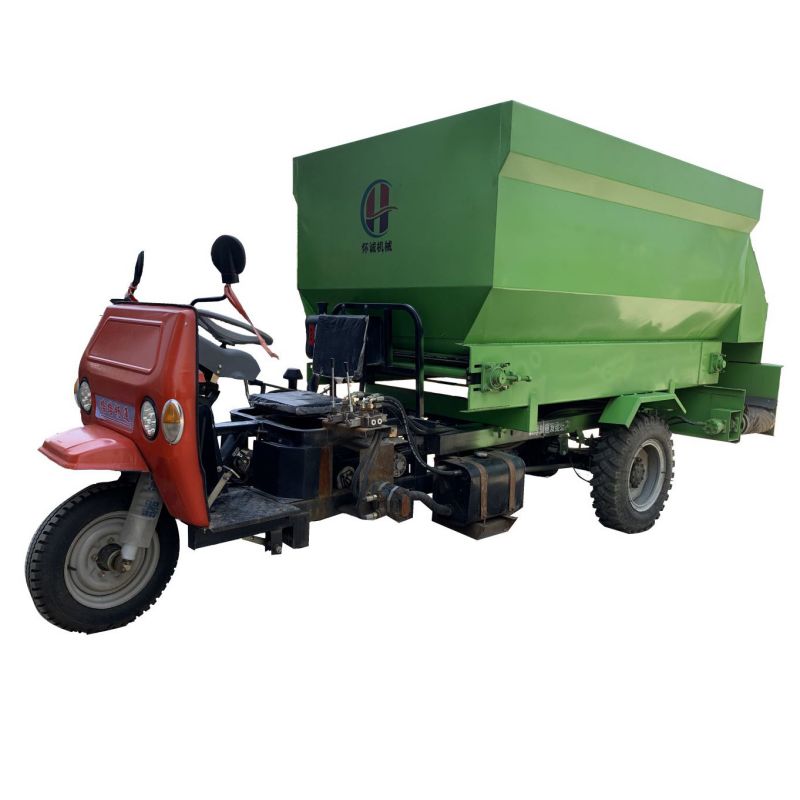
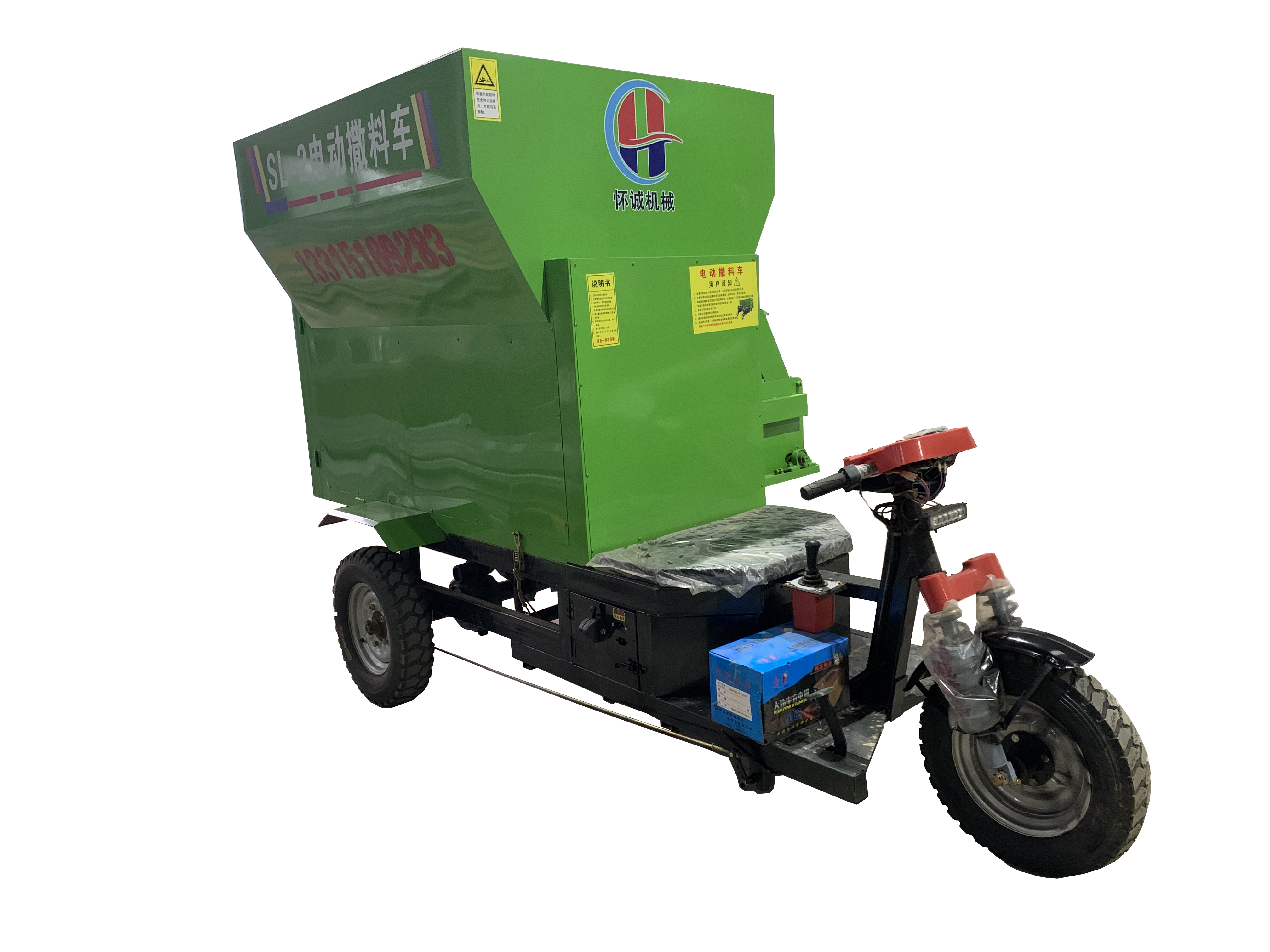
Efficiency: Electric spreaders are generally more efficient than diesel spreaders. They utilize electric power, which can be harnessed more effectively for spreading operations, resulting in improved productivity and reduced fuel consumption. Environmental Impact: Electric spreaders are more environmentally friendly compared to diesel spreaders. They produce zero emissions during operation, contributing to lower carbon footprints and reduced air pollution. Noise Levels: Electric spreaders operate quietly, generating minimal noise pollution. In contrast, diesel spreaders tend to be noisier due to the combustion engine. Maintenance: Electric spreaders typically require less maintenance than diesel spreaders. They have fewer moving parts, eliminating the need for regular engine maintenance, oil changes, and filter replacements associated with diesel engines. Fuel Source: Electric spreaders rely on electricity as their primary power source, which can be obtained from renewable energy sources such as solar or wind power. In contrast, diesel spreaders rely on fossil fuels, contributing to carbon emissions and dependence on non-renewable resources. Cost: Electric spreaders may have a higher upfront cost compared to diesel spreaders due to the need for batteries or electrical components. However, they can provide long-term cost savings through reduced fuel and maintenance expenses. Flexibility: Diesel spreaders offer more flexibility in terms of refueling. They can be easily refueled on the go, whereas electric spreaders require access to charging stations or dedicated power sources. Durability: Diesel spreaders are often considered more robust and better suited for heavy-duty applications. Electric spreaders may be lighter and more suitable for smaller-scale operations. Government Incentives: In some regions, governments offer incentives and subsidies for transitioning to electric equipment, including spreaders. These incentives can offset the higher initial costs and make electric spreaders a more financially attractive option. Long-Term Sustainability: Electric spreaders align with the global push towards sustainable and eco-friendly farming practices. Choosing electric alternatives can contribute to a greener agriculture industry and help mitigate climate change.
Details of the spreader:
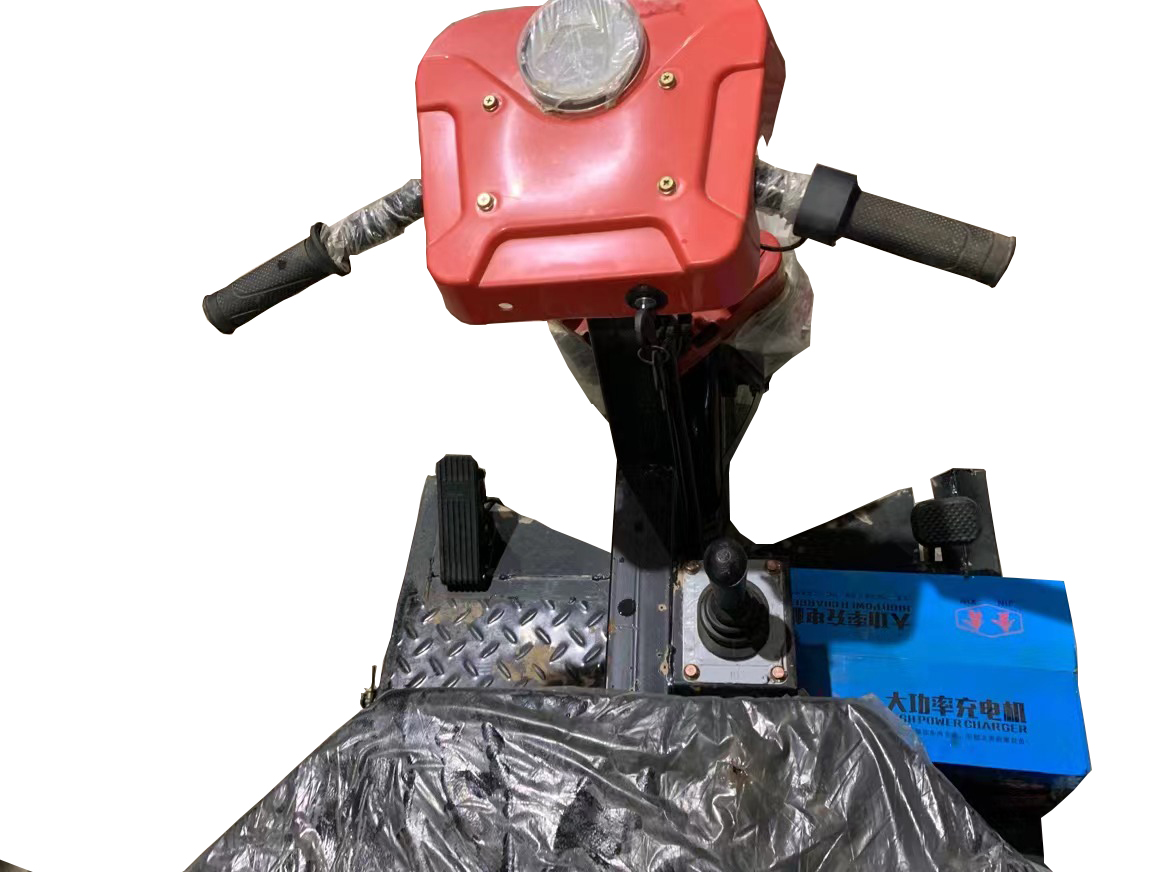
The left side is the spreading accelerator, which can control the output speed by stepping on the depth of the accelerator. The middle gear handle can adjust the high and low speed, and the right side is the mobile accelerator and brake of the vehicle.
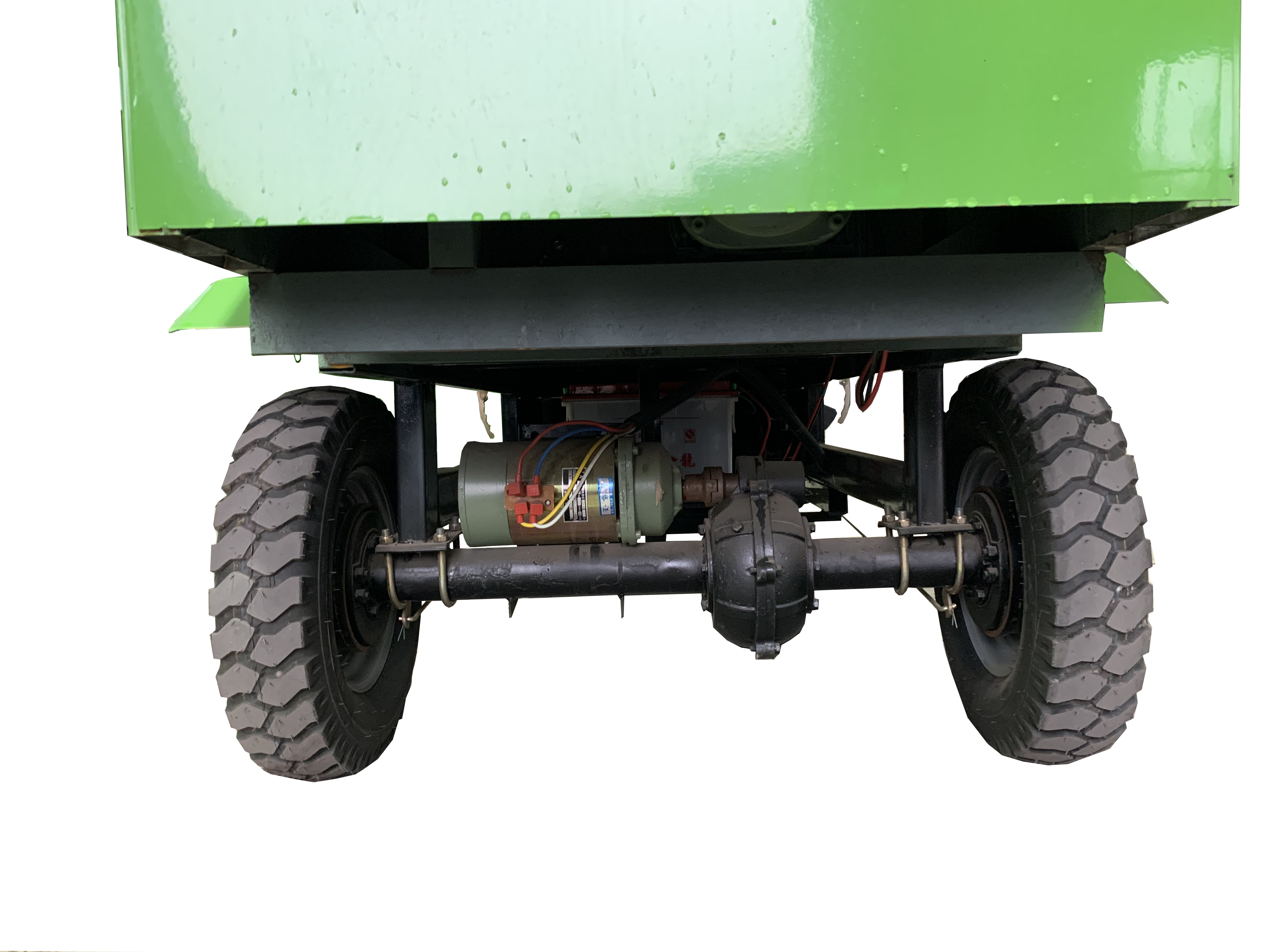
The bottom is a wear-resistant and pressure-resistant weighing bridge, an independent motor controls the discharge, and mine tires can easily cope with rough and bumpy roads.
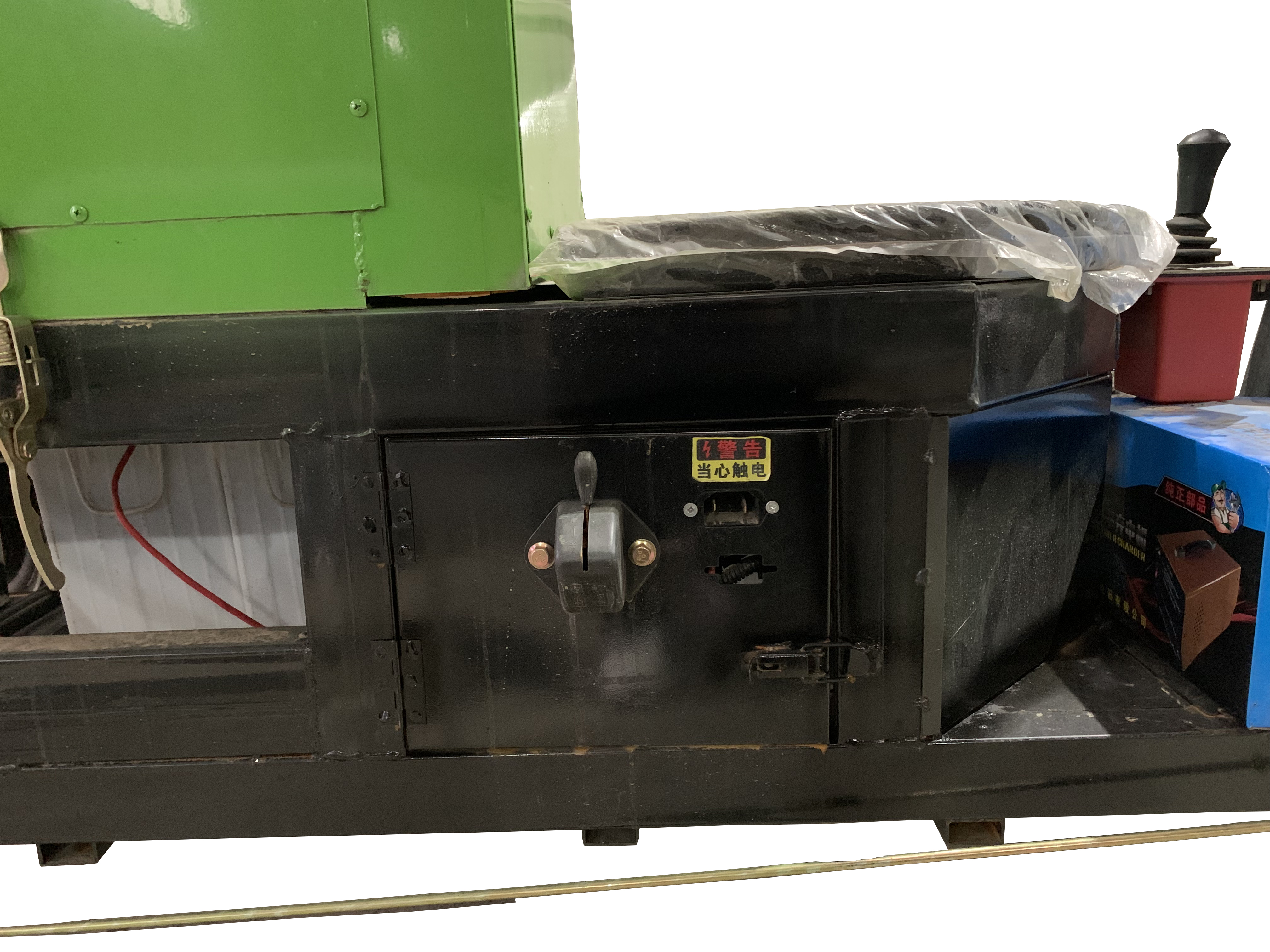
The battery adopts the national standard water battery battery, and the battery brand and type can also be specified, or it can be shipped without a battery. The battery is guaranteed for one year. If there is any problem, you can go through the quality assurance process and replace it for free.
Our Factory

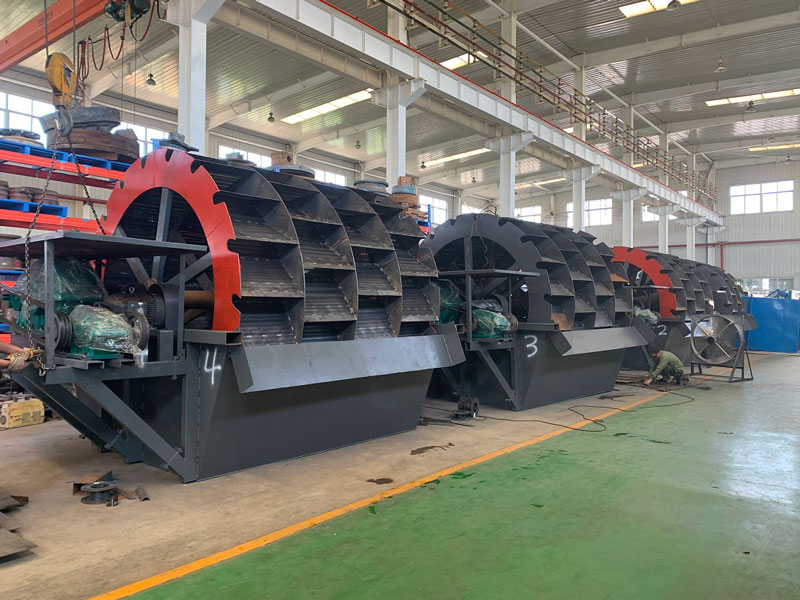
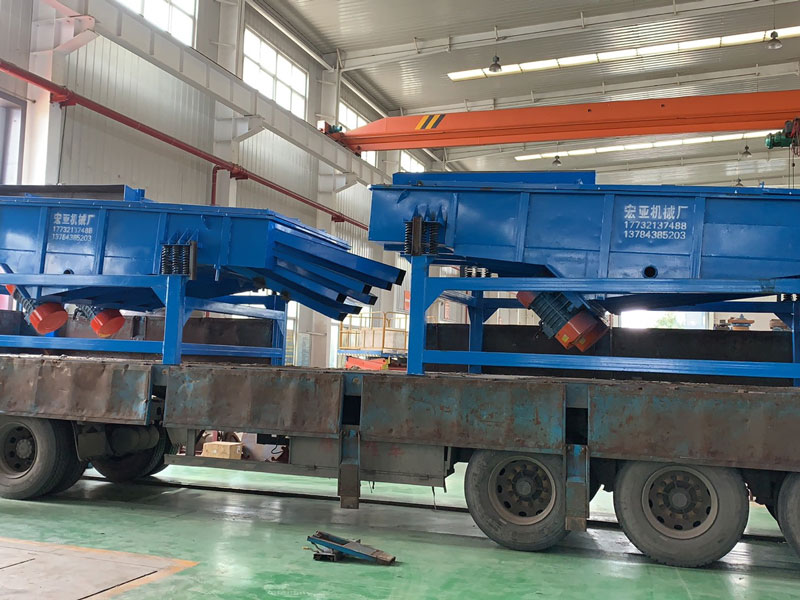


 As farmers, our greatest challenge is ensuring the well-being of our livestock while maximizing our productivity. Feeding our sheep and cattle is one of the most important tasks in determining an animal’s overall health and productivity. However, it can also be a time-consuming and labor-intensive process, especially if we have to feed livestock in remote or hilly areas. This is where the three-wheel feeder comes into play.
As farmers, our greatest challenge is ensuring the well-being of our livestock while maximizing our productivity. Feeding our sheep and cattle is one of the most important tasks in determining an animal’s overall health and productivity. However, it can also be a time-consuming and labor-intensive process, especially if we have to feed livestock in remote or hilly areas. This is where the three-wheel feeder comes into play.
The three-wheel feeder is a revolutionary product designed to simplify the process of raising cattle and sheep, saving farmers time and effort while improving the quality of their livestock. The feeder comes with a spacious container that can hold up to 500kg of feed, enough to feed a large herd.
The feeder is designed with three large wheels for easy movement over a variety of terrains, including hills or rough terrain. In addition, the feeder is equipped with an electric mechanism that distributes the feed evenly to the animals, ensuring that each animal receives an equal share of the feed.
One of the most notable advantages of a three-wheel feeder is its durability. It is built with high-quality materials to withstand the harsh conditions of the farm. The feeders are also easy to clean and maintain and are built to last, making them a cost-effective investment for farmers.
The three-wheel feeder is also environmentally friendly, and it greatly reduces the feed waste problem that is prevalent in traditional feeding methods. The feeder is designed to place feed directly into the animal’s trough, minimizing spillage and ensuring no feed is wasted.
All in all, tri-wheel feeders are an excellent investment for farmers who want to simplify the feeding process and maximize livestock productivity. With its durability, ease of maintenance and cost-effectiveness, it is a product that is sure to increase the efficiency and profitability of your farm.







